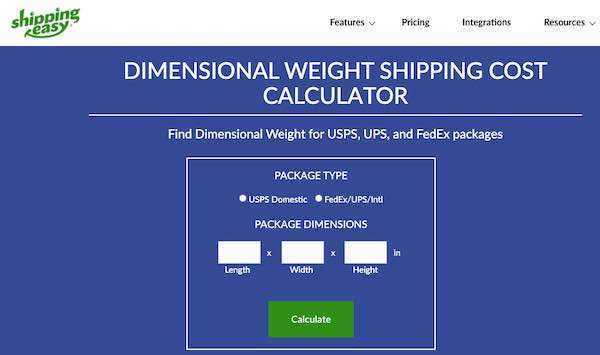Negotiate rates with shippers. There is always room to negotiate on price, even for small volumes. Gain a clear understanding of how weight and size impact rates. Flat-rate shipping is an option that can save money — the same size box ships at the same flat rate every time, regardless of weight. Explore the options for various shipping speeds.
3 Tips to Reduce Shipping Costs
Minimize packaging.
Outsourcing shipping. Contracting with a specialist ecommerce fulfillment service provider can reduce shipping costs. A third-party fulfillment company often provides lower rates because of its overall shipping volume. Many run multiple facilities, which could be closer to your customers, reducing transit times and fees.
For smaller, lightweight, fragile products, use a padded poly mailer or returnable plastic bag. Compared to boxes, bags are weather-resistant, cheaper, quicker to pack, and inexpensive to ship. Plus, polybags are brandable, much like cardboard packaging.
- Size and weight. Know the exact size and weight of each of your products. Measure, weigh, and document dimensions and weights for all items — from heavy-large to small-light. Focusing on dimensions and weights can lower your shipping rates. In general, the less a package weighs, the less it costs to ship.
- DIM factor. Dimensional or “DIM” weight is a formula carriers use to determine the cost to ship a package based on its volume. DIM pricing allows carriers to incorporate package size into their pricing structure.
Buying packaging materials in bulk to gain discounts makes sense when you are clear on future requirements. UPS, FedEx, and USPS offer free samples as well as free branded boxes and envelopes when you sign up for their services.


- Packaging materials. Minimize your product packaging. Use the lightest and smallest possible carton for your items. This lowers weight and volume and also reduces filler. Look for lightweight, protective materials such as air pillows and bubble wrap and use the minimum needed to protect the items.
Benchmark rates you are offered against FedEx SmartPost and UPS SurePost rates. These services use USPS to manage the “last-mile” deliveries. Consider migrating to USPS for your entire shipment.
Carriers apply a package’s dimensional weight when setting prices. This example DIM weight calculator is from ShippingEasy.
ShippingEasy, a software provider, has a handy calculator for the dimensional weight of a package. Compare it to the actual weight of a package to see if you’ll pay more. DIM pricing mostly affects large and lightweight products as well as fragile items. To keep costs down, pack in the smallest box possible with lightweight filler.
- Recycle and reuse. Strip off labels from suppliers and repurpose the packing materials for shipping your own items. It saves money and fosters sustainability.
Consolidating orders into fewer boxes is another way to reduce shipping costs.
Third-party providers offer custom solutions that suit your requirements, including money-saving packaging schemes for seemingly every product type. The providers can also solve staffing demands from seasonal peaks and fluctuating demand.



